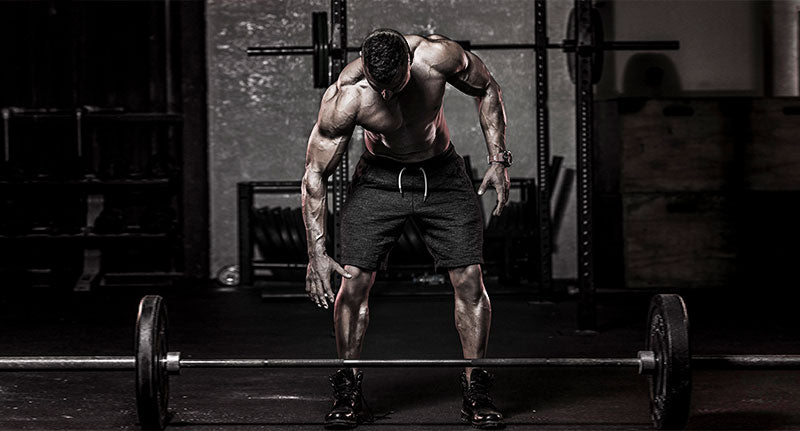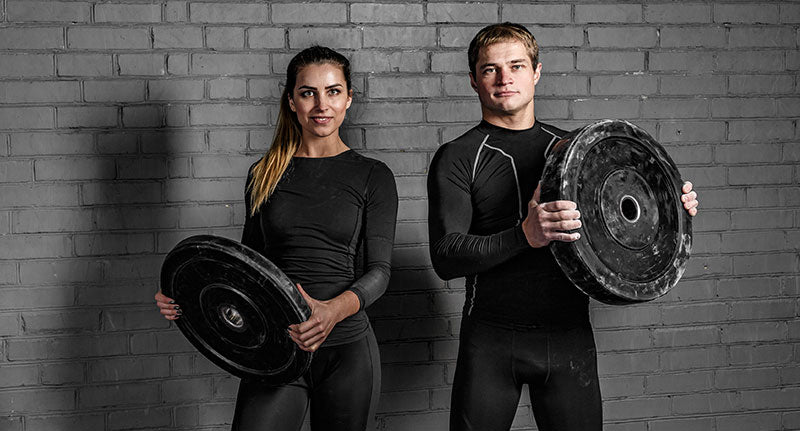My shopping cart
Your cart is currently empty.
Continue Shopping
Everyone who just started working out or even people who work out regularly are familiar with muscle fatigue. After a long day of working out, you go home tired and hit the bed after a long tiring day. On the next day, muscle fatigue kicks in from yesterday’s strenuous activity and it’s a pain to move. This is a condition called delayed onset muscle soreness (DOMS). DOMS is the pain you experience in your body anywhere from a few hours or even up to days after your workout; causing you to move around like you’ve just aged 30 years. Don’t worry though as we at Green Regimen have been using a few techniques to deal with the soreness. Scientific evidence backs some these techniques and they have proven to relieve muscle fatigue.

Ask for a deep tissue massage from your massage therapist. It’s not the most comfortable due to getting more pressure on your already sore muscles. However, this will eventually pay off because studies show a decrease in pain for athletes that took advantage of their sports massage therapist after rigorous physical activity.

Ice baths requires you to submerge your body, or part of your body, in very cold water at temperatures dropping as low as 50 degrees Fahrenheit for a total of 10-15 minutes. It has been suggested that ice baths help our body recover faster after intense periods of physical activity by reducing inflammation and lactic acid build up, while increasing blood flow and circulation of nutrients post-ice bath. Most athletes seek ice baths after long, exhausting activities at the gym.

If the cold doesn’t work for you in relieving muscle fatigue, the other best choice is to try if the other end of the temperature scale works for you. Studies also show that when heat is applied to the muscles immediately post-workout, pain is significantly lessened. Try a heat pad or a hot compress to the target area or hop into a hot tub for recovery.

Compression shorts, arm bands and socks doesn’t just look cool, they actually serve a purpose during and after a hard workout. Compression gear helps your body to circulate blood lactate after exhausting physical activity. You can buy compression gear in every sports shop near you.

Foam rolling is a self-myofascial release (SMR) technique that is used by athletes and physical therapists to inhibit overactive muscles. Using your own body weight, foam rolling allows you to stretch out your muscles and tendons, breaking down scar tissue and increasing blood circulation. Studies show that foam rolling is an effective way to reduce muscle fatigue. Green Regimen recommends you try out foam rolling for yourselves, as many people loved doing it to relieve muscle pain. Try it out first in your nearest gym if they have foam rollers available.
Integrating CBD Protein in your daily Lifestyle. But wait, what is CBD?
CBD, also known as Cannabidiol, is a chemical compound found in the cannabis plant. It's a naturally occurring substance in hemp that's used in various products to give a feeling of relaxation and calmness.
When a human body goes through an intense workout, our body produces the stress hormone cortisol. Cortisol is categorized as a catabolic hormone which means that it can affect or reduce protein synthesis and may event prevent new tissue to grow.
This is where CBD comes in handy, CBD is an anti-catabolic and contains pain-relieving properties. That is why CBD may offer athletes and fitness enthusiasts a natural, organic, no harmful chemical support for aiding in post-workout recovery.
How did our muscle fatigue-relieving techniques do for you? Leave a comment below and tell us about the experience.